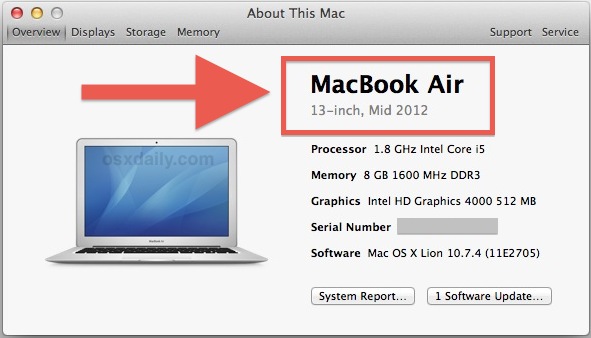

You can’t even set notifications to display in a different corner of the screen - it’s the upper right or nothing. Just as in iOS 5, the system works well, but isn’t tremendously flexible - Growl users with wild custom configurations are going to bristle against Notification Center’s limitations for quite some time.

Settings like notification type, icon badges, and sounds are managed on a per-app level, and you can order notifications manually or have them auto-sort by time. There’s a new preference pane to manage notifications and how they’re displayed as with everything else about Notification Center it’ll look very familiar to iOS 5 users. You’re stuck clicking on the icon unless you have a trackpad.) It's hard to imagine life without centralized notifications after a while (The addition of the Notification Center gesture also cements the need for a Magic Trackpad if you’re a desktop Mac user - there’s no key command to invoke the panel, and the Magic Mouse won’t have a gesture for it either. Everything definitely works, but there's also definitely room for it to all work better in the final version. Apple says the basic rule is that one finger gestures in iOS are two finger gestures in OS X, but I much preferred the unoffical Lion metaphor of two fingers for app-level commands and three and four fingers for system-level commands. In practice I found everything easy enough to remember - it's just another swipe to the left, after all - but a couple times I found myself accidentally going back in Safari when started my swipe in the middle of the trackpad instead of on the right side.
#MOUNTAIN LION MAC IOS X FULL#
It's Apple's first edge gesture, and it adds to OS X's already-intense mix of trackpad moves: two-finger swipes to scroll and navigate, three-finger swipes to manage spaces and full screen apps, and four-finger pinches to bring up Launchpad and show the desktop. Swiping right with two fingers from anywhere then closes the panel. You can also use a new gesture to bring up Notification Center: a two finger swipe to the left from the right edge of the trackpad. Notification Center will be very familiar to iOS users Clicking on the icon slides the OS X desktop over to the left to reveal Notification Center itself, which looks identical to iOS 5 - it even has the same linen texture. Notifications appear at the top right of the screen as banners that automatically slide away after five seconds or alerts that require some user interaction to disappear, and a new icon on the right side of the menu bar lights up blue when new notifications arrive. But look a little deeper and it's clear that Apple has a very different idea about how notifications should work - an idea that's unsurprisingly almost exactly how they work in iOS 5. Mac users have relied on the excellent open-source Growl notification system for years now, so the addition of Notifications Center to Mountain Lion seems a bit anticlimactic at first glance.
#MOUNTAIN LION MAC IOS X PC#
That's partially to match the breakneck pace of iOS development, but also to capitalize on the growing popularity of the Mac in general - Mac sales have outgrown the general PC market for something like six years now, and Apple says it's investing heavily in the platform to build on that trend. Mountain Lion also represents a dramatic speedup in the pace of OS X updates: Apple says it'll be issuing yearly updates from now on. And note the name change - Apple's dropping the "Mac" and simply calling it OS X Mountain Lion. Yes, those are all headline iOS features as well Mountain Lion continues Apple's cycle of using the iPhone and iPad to influence Mac development and vice versa.

#MOUNTAIN LION MAC IOS X MAC OS#
It's only been seven months since Apple launched Mac OS 10.7 Lion, but the company isn't sitting still: it just announced the developer preview of OS X 10.8 Mountain Lion, a tweaked and enhanced new version of the operating system that includes major new features like Notification Center, AirPlay mirroring, and iMessage.


 0 kommentar(er)
0 kommentar(er)
